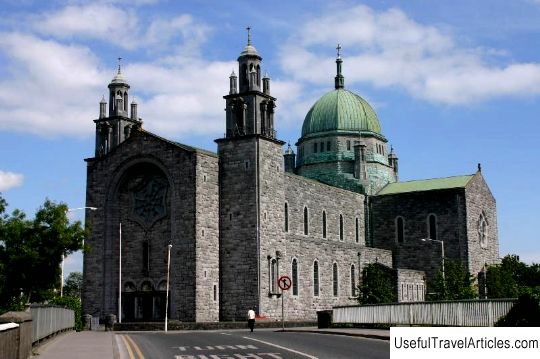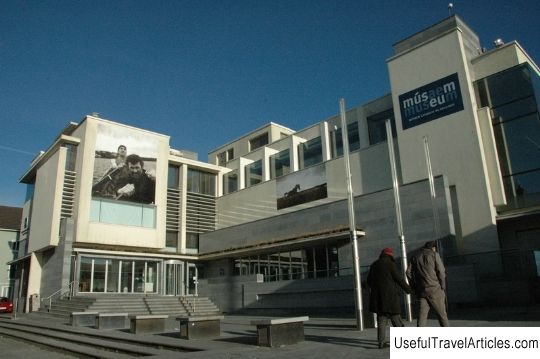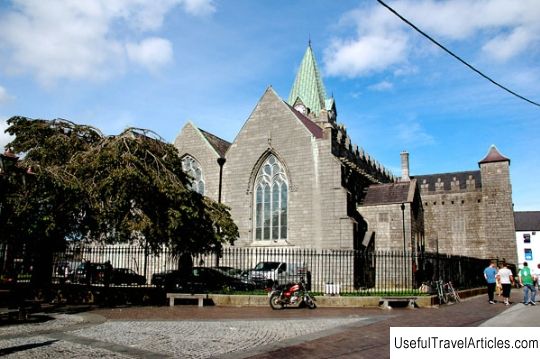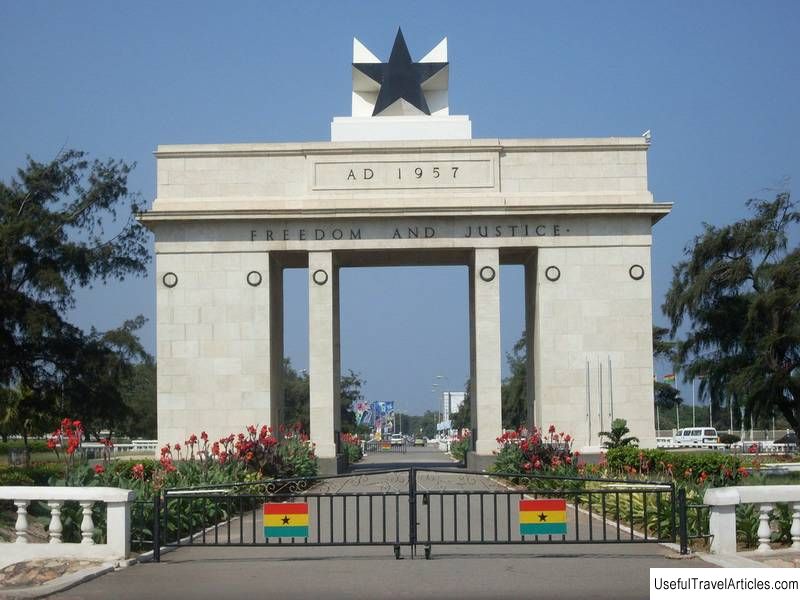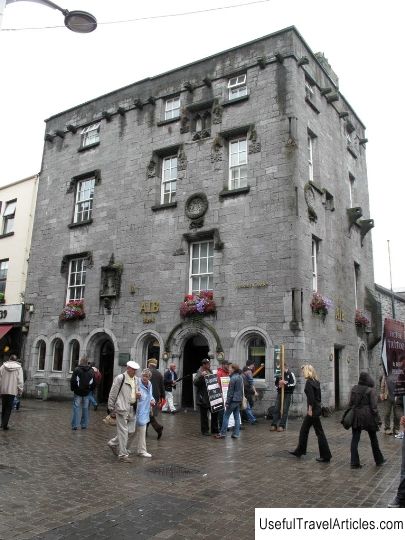Spanish Arch description and photos - Ireland: Galway
Rating: 8,2/10 (2087 votes) 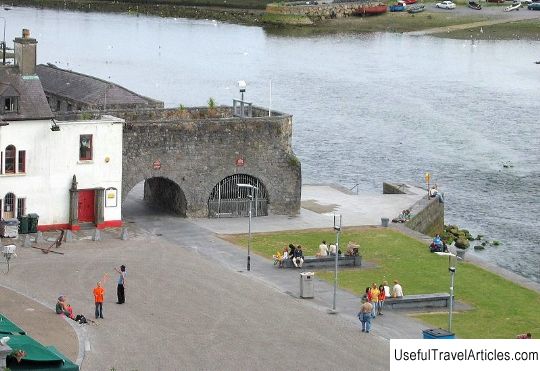
Spanish Arch description and photos - Ireland: Galway. Detailed information about the attraction. Description, photographs and a map showing the nearest significant objects. Title in English - Spanish Arch. Photo and descriptionGalway is an old Irish city that was once the largest seaport. There was a lively trade with the whole world, and the city itself, its quays and embankments were well fortified and were not afraid of invading invaders. The Spanish arch is a small fragment of the fortress wall, all that remains today from these powerful fortifications. This section of the city wall was built in 1584 and ran from the tower of St. Martin to the Corrib River, protecting the embankment where the Fish Market was then located. In the 18th century, the city and the port expanded, the city walls were completed and arches were made in them so that one could get to the new quays and embankments. One of these arches was later named Spanish. The exact origin of this name is unknown; possibly, it was through this archway that goods from Spain entered the city. The arch was originally called Blind Arch or Wall Head. It is located on the banks of the Corrib River directly opposite the village of Claddah (now a suburb of Galway), home to the famous Claddagh rings. In 1755, the Lisbon earthquake struck, resulting in a tsunami that destroyed part of Galway's city walls. The Spanish Arch was also damaged, its decorations were washed away or damaged. At the end of the 20th century, it housed the Galway City Museum, but in 2006 a new building was built for the museum. The Spanish arch now serves as the wall of the museum's courtyard. The arch is decorated with a wooden sculpture of the Madonna by Claire Sheridan. This famous writer and sculptor lived for some time in a house next to the arch.    We also recommend reading Schaumainkai museum complex description and photos - Germany: Frankfurt am Main Topic: Spanish Arch description and photos - Ireland: Galway. |
